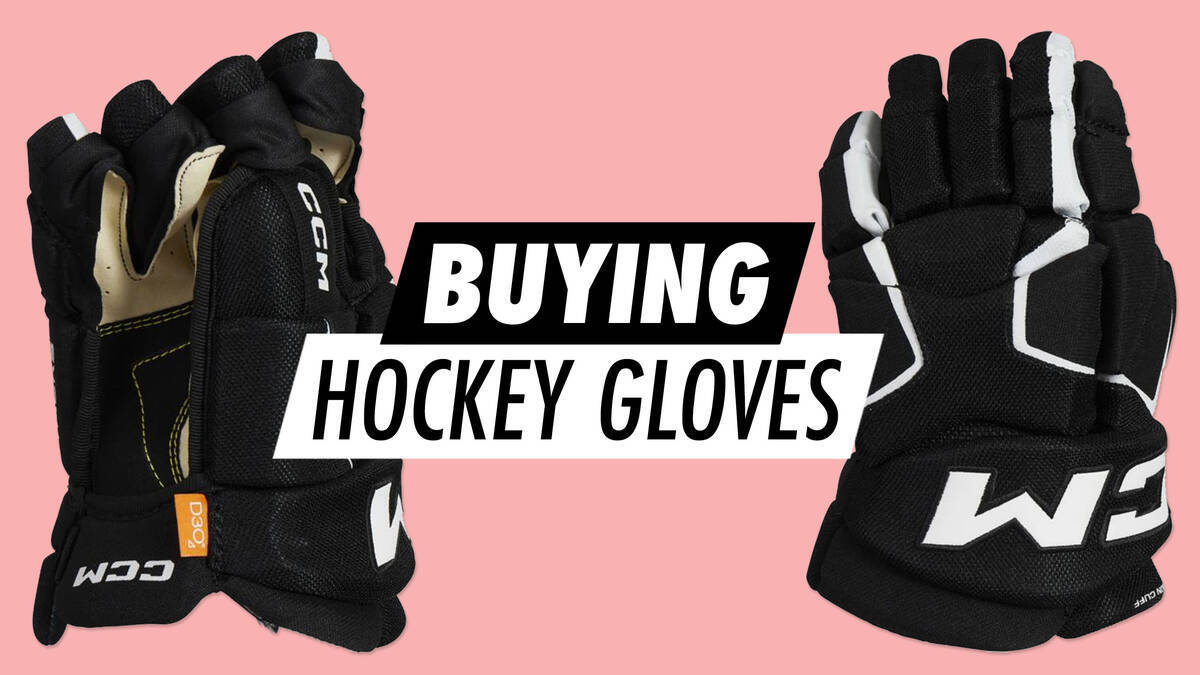Purchasing Hockey Gloves

This guide assists you in selecting the appropriate hockey gloves.
Hockey gloves protect both your hand and wrist, while also offering mobility and comfort.
Materials used include synthetic or leather (the costlier option), with occasional reinforcement using Kevlar or nylon on areas prone to wear.
Determining the Size of Hockey Gloves
While wearing elbow guards, measure from the lower edge of the elbow pad to the tip of your fingers to determine your glove size.
Sizes are provided in inches, and they may differ between brands. The sizes in this chart offer a useful guide, based on your measurements and height:
| Model | Measurement | Height (approx.) | Size |
| Child | 20 cm | 8" | |
| Child | 23 cm | < 120 cm | 9" |
| Child | 25 cm | 110 - 120 cm | 10" |
| Junior | 28 cm | 120 - 130 cm | 11" |
| Junior | 30 cm | 130 - 140 cm | 12" |
| Junior | 33 cm | 140 - 160 cm | * 13" |
| Senior | 36 cm | 160 - 180 cm | * 14" |
| Senior | 38 cm | > 180 cm | * 15" |
* Finger lengths are identical for sizes 13", 14", and 15".
Note: It is permissible for gloves to be slightly oversized as long as they provide complete protection for your hands and wrists.
Evaluating Hockey Glove Quality
At the very least, hockey gloves should feature multiple joints per finger and a cuff to shield the wrist.
High-quality gloves are anatomically designed, meaning they are pre-shaped as if you were gripping a hockey stick.
Reinforcement on high-wear areas (such as the thumb and palm) extends the lifespan of your gloves.
Browse our range of Roller hockey gloves and Ice hockey gloves
